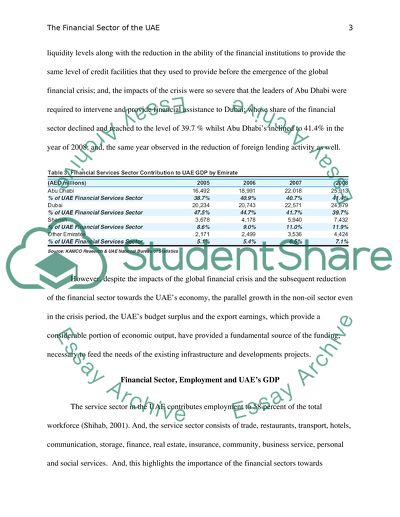Cite this document
(“Financial Sector in the UAE Essay Example | Topics and Well Written Essays - 1750 words”, n.d.)
Retrieved from https://studentshare.org/macro-microeconomics/1440981-financial-sector-in-the-uae
Retrieved from https://studentshare.org/macro-microeconomics/1440981-financial-sector-in-the-uae
(Financial Sector in the UAE Essay Example | Topics and Well Written Essays - 1750 Words)
https://studentshare.org/macro-microeconomics/1440981-financial-sector-in-the-uae.
https://studentshare.org/macro-microeconomics/1440981-financial-sector-in-the-uae.
“Financial Sector in the UAE Essay Example | Topics and Well Written Essays - 1750 Words”, n.d. https://studentshare.org/macro-microeconomics/1440981-financial-sector-in-the-uae.


